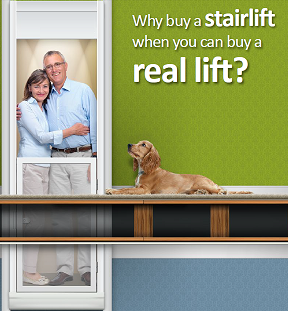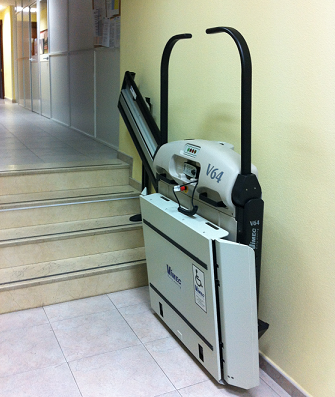The home lift, which provides access for people between two floors in your house can also sometimes be called an elevator or residential lifts.
Providing easy access so that people can use their whole house, they are especially important for people like the elderly and those with a disability. It helps them to easily move from one floor to another.

A home elevator can also be used for transferring heavy things, or a larger quantity of smaller things that might be difficult to carry.
There are several types of lifts that can be used. It may depend on your medical or personal needs and the space requirements.
They are ideal for houses that do not have enough space for the construction of a ramp. It is also cheaper than a commercial elevator. Getting an elevator built in your house does not require planning permission, but they should still include the safety systems like those elevators used in offices or commercial buildings.
There are other several types of lift that can be used. These include the vertical platform lift, inclined platform and stair-chair type. A vertical platform is a device installed with platforms that move up and down vertically. It is also called a through-floor lift sometimes. They are mostly seen in churches, schools and offices, but they are also used within residential settings. Why not call us to find out what would be suitable for you? Our freephone number is 0800 298 3040. Speak to our friendly team today.
 Another type is the inclined platform lift, which is almost the same as the vertical platform model. The only difference is that it doesn’t go up and down vertically, and instead it follows the stairway track, which is inclined. This is the reason that they are also called stairlifts. They are specially designed for people who have difficulty using stairs like those in wheelchairs; that is why sometimes, they are also called wheelchair lifts.
Another type is the inclined platform lift, which is almost the same as the vertical platform model. The only difference is that it doesn’t go up and down vertically, and instead it follows the stairway track, which is inclined. This is the reason that they are also called stairlifts. They are specially designed for people who have difficulty using stairs like those in wheelchairs; that is why sometimes, they are also called wheelchair lifts.
The other type is the stair-chairlift or stairlift and is almost the same as an inclined platform model but this time, it consists of a simple seat. It’s a home lift that uses less space and people who use wheelchairs will just need to transfer from the wheelchair to the mounted seat. Using one may still require help from another person though, depending on the users capabilities.
In using a home elevator, whether a wheelchair lift or through-floor lifts, safety should always be considered. There are several recommended safety features that your design must have. These include an interlock mechanism on doors and gates, a manual system in case of a power outage or a mechanical malfunction, sensors that prevent the device from crushing objects that may be underneath it, a backup system, safety gates at locations where there is a drop-off when it’s platform is at a different level, handrails on platforms, proper lighting and an emergency telephone or other on-device communication system.
Home Lifts Prices
Through Floor versions are often installed to accommodate a wheelchair user and to facilitate their movement between the floors of their home. Typically requiring some degree of building works the lifts we recommend are all DDA compliant and are guaranteed to be installed by time served craftsmen, who specialise in disabled adaptations. Prices start at around £8500 and are bespoke to the property they are installed in. Contact us to find out more, to receive a brochure or to get a quote arranged.
